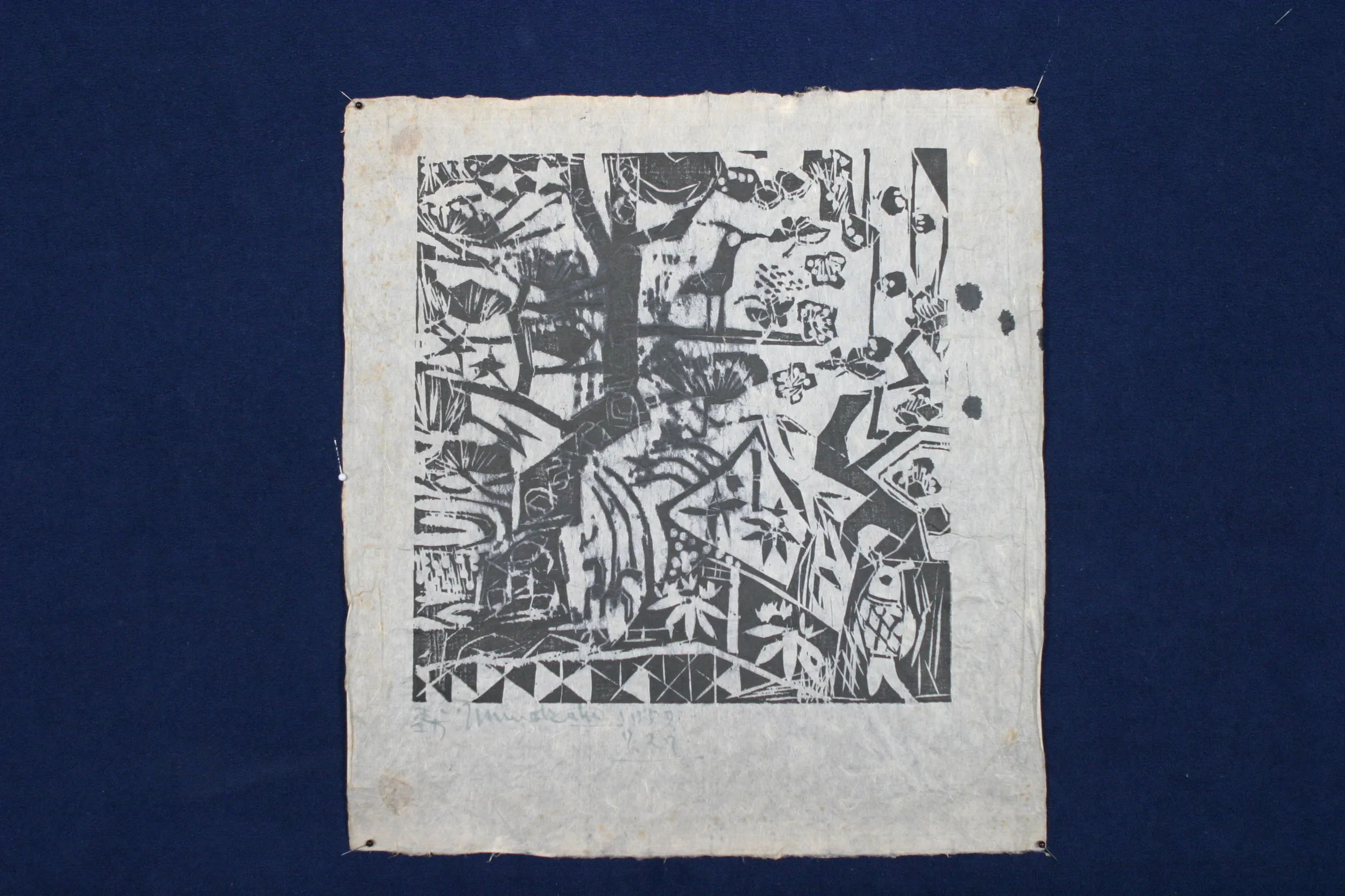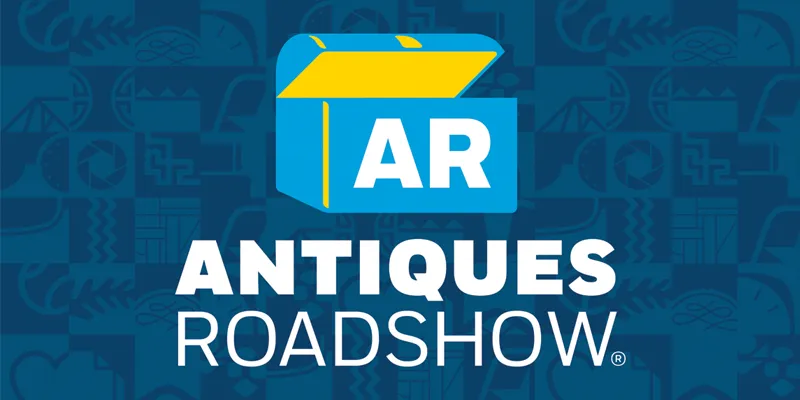GUEST: I got this map at an auction that was operated by the Vermont Historical Society. It was an auction in which people donated things, and this appeared.
APPRAISER: You were telling me you were a graduate student in history?
GUEST: Right.
APPRAISER: And what did you do after you graduated?
GUEST: I got my Ph.D. in history, and I expected to go off into college teaching or things of that sort. But I received an offer I couldn't refuse from C.I.A. And so I ended up in intelligence operational work here and there around the world.
APPRAISER: We've had a number of clients who have been historians who ended up in the C.I.A.
GUEST: Oh, is that right?
APPRAISER: Who were, and they all like maps.
GUEST: Yeah, well, if you travel the world, you don't want to get lost, you know.
APPRAISER: (laughs) It's a map of the United States. And it was done in Hartford in 1848. By 1800, the eastern part of the United States was fairly well similar to what it is now. But the West was just opening up. You had the Louisiana Purchase at the beginning of the 19th century, and then they set up some territories out west-- the Missouri Territory, which covered really almost all the area of the Louisiana Purchase. But as things developed and people moved out there, they started breaking up that big territory into smaller units. And as you can see, you have the Missouri Territory up here, and it's quite small. One of the important territories was this green one down here, which is the Indian Territory. And that was a time after 1800 when they started moving the tribes from the East, and they moved them west. And you can see, it's really a very large territory. And along here are the names of the different tribes. Many of them are Eastern. Here's the Senecas. Down here, you have the Creeks and the Choctaws, and that was where they were settled by the U.S. government. Now, of course, the Indian Territory kept shrinking, so it ended up being very small, and became Oklahoma Territory. But at this time, it was quite large. Another interesting thing about this map is Texas, because Texas became an American state in 1845, just three years before this. That precipitated the Mexican-American War. This map does not show the results of that. It does show Texas as a state. But in 1848, the year this map was issued, the United States actually gained all the territory up here, which at this time is shown as part of Mexico. They couldn't quite keep up with the change. And you can see down here, it says, "Part of Mexico," and it actually goes into Texas. So this shows Texas right at the beginning, and interestingly, you see this very large bit of land up here? That's what the Texans claimed. And as the Americans were starting to break it up into smaller bits and add the other territories up here, they actually took back a lot of that land and took some of the Texas debt. And that was done in 1850, a couple of years after this. This map is of the United States in that history at that very important time, in our... especially Western history. That's what gives it the value. Now, you bought this at auction, how long ago?
GUEST: 15 to 20 years.
APPRAISER: Okay, and do you remember what you paid for it?
GUEST: Yes, slightly over $200.
APPRAISER: Okay. If we had this in our shop, I would probably put about $1,600 on it. So, which is a pretty good increase over $200.
GUEST: (laughing) Yep, right.












